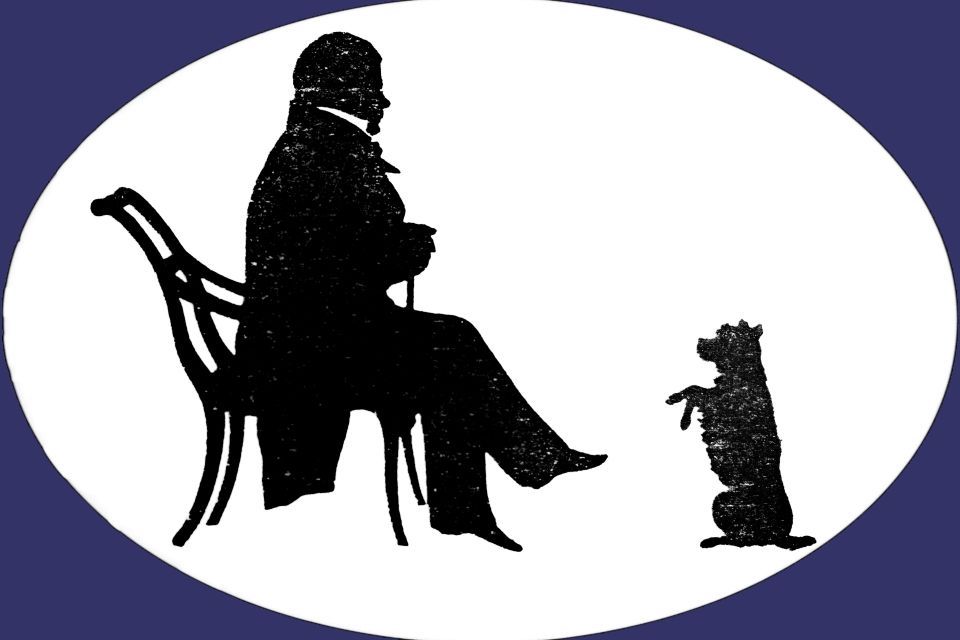John Porteous in The Heart of Midlothian: the intersection of history and fiction
Thursday 9th November 2017
Summary of the Talk:
Dr Ralph McLean delivered a compelling lecture examining the historical events of the 1736 Porteous Riots and their transformation into fiction by Sir Walter Scott in The Heart of Midlothian.
The talk opened with a humorous 1758 poem, Captain Porteous's Ghost, which set the tone for exploring how Porteous became a spectral figure in Edinburgh’s collective memory. Dr McLean charted the historical background of the riots, detailing public resentment toward taxation, the excise system, and the military enforcement that followed the 1707 Union with England. Smuggling was widespread and widely romanticised; smugglers like Andrew Wilson and George Robertson, central figures in the affair, were often seen as folk heroes.
The City Guard, led by Captain John Porteous, was tasked with keeping order during Wilson’s execution. When trouble arose, Porteous ordered his men to fire into the crowd, resulting in six deaths and widespread outrage. Porteous was tried, found guilty by a narrow majority (8–7), and sentenced to death. However, a royal reprieve led to his extrajudicial lynching by an organised mob.
Dr McLean highlighted the remarkable organisation of the mob: they used military-style precision, avoided property damage, paid for the rope used in the lynching, and melted away before any were identified. Despite numerous inquiries and rewards offered, no one was convicted. The response from authorities, including the disbanding of the City Guard and proposed punitive measures against Edinburgh, sparked intense political debate and resistance, especially among Scottish peers like the Duke of Argyll.
The lecture examined primary sources such as court documents, witness statements, and annotated editions of Scott’s manuscripts, showing how Scott blended historical fact with fiction to comment on justice, authority, and national identity.
Key Takeaways
- Historical accuracy vs. fiction: Scott took liberties with chronology and character to serve his narrative goals, notably delaying Porteous’s death in The Heart of Midlothian for dramatic effect.
- Porteous’s reputation: Seen as a brutal enforcer of unpopular laws, despised by the public but protected by elite allies.
- Mob organisation: Contrary to common stereotypes, the mob was highly disciplined and potentially included members of the gentry in disguise.
- Nationalist undercurrents: Though not overtly nationalist, the riots and their aftermath reflected simmering discontent with post-Union governance and taxation.
- Scott's influence: His portrayal has shaped public understanding of the events more than historical accounts, demonstrating the power of literature in collective memory.
Interesting Points Worth Mentioning
- Smuggling as a national sport: Public sympathy was firmly with the smugglers, seen as resisting unjust taxation rather than committing crimes.
- Porteous as a golfer: An unexpected detail—Porteous was a skilled golfer, which gave him social access to the elite, including Duncan Forbes.
- The rope incident: The mob either paid for the rope used to hang Porteous or were gifted it by a supportive shopkeeper—both versions exist, symbolising their moral justification.
- The Duke of Argyll's defence of Edinburgh: His passionate speech in the House of Lords opposed collective punishment for the city and defended Scottish legal independence.
- Walter Scott owned the tollbooth door: After the building’s demolition, Scott salvaged the door as a piece of history linked to his novel and Edinburgh's past.
- Porteous trial parallels the Boston Massacre: The speaker drew an apt comparison between Porteous’s trial and that of British soldiers in Boston in 1770—both involving unclear orders to fire and public outrage.
Download the [Powerpoint]
Dr Ralph McLean is Curator of Manuscripts for the Long Eighteenth Century at the National Library of Scotland, where among his duties he has responsibility for the vast collection of manuscripts relating to Sir Walter Scott. Ralph formerly worked (until 2014) as a research associate at the University of Glasgow on the AHRC-funded project Editing Robert Burns for the 21st Century. He has written a number of articles on the Scottish Enlightenment, and has produced an edition of John Home’s tragedy Douglas which includes, for the first time, the pamphlet material surrounding its controversial history. Along with Dr Ronnie Young at the University of Glasgow he has recently edited a collection of essays entitled The Scottish Enlightenment and Literary Culture (2017), which examines the impact of Enlightenment thought on imaginative literature in Scotland during the Enlightenment and beyond. Among his more recent talks, at the National Library of Scotland, has been one on Alexander Howland Smith aka ‘Antique Smith’, famous (or infamous rather) for his forgeries of Scott autograph manuscripts.
Synopsis:
This talk examines the historical events surrounding the Porteous Riot which took place in Edinburgh in 1736. The grim episode, which saw the mob break into the Edinburgh Tolbooth and execute the Captain of the Edinburgh Guard, John Porteous, forms the historical backdrop to the first part of Scott’s novel, The Heart of Mid-Lothian. This talk will examine how accurately Scott captured the historic reality of the riot, and how he used it to inform his fictional narrative.


